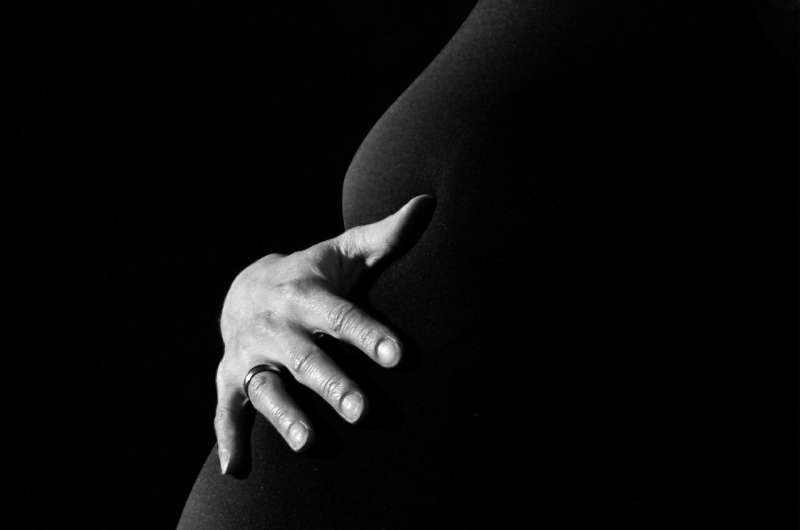This article has been reviewed according to Science X's editorial process and policies. Editors have highlighted the following attributes while ensuring the content's credibility:
fact-checked
peer-reviewed publication
trusted source
proofread
Obesity rates in pregnancy prompt concerns for mothers and babies

Rates of obesity among pregnant women in Victoria have risen steadily over a decade, new research has shown, sparking concerns for the health implications for both mothers and babies.
The study, published in the Medical Journal of Australia, is the first to review obesity prevalence in a large maternity cohort over time in Australia.
Led by a team from Deakin University's School of Nursing and Midwifery and Western Health's Women's and Children's Division, the findings show obesity rates are highest in areas of Victoria where disadvantage is greatest and where health services are often harder to access.
Professor Linda Sweet from Deakin's Institute for Health Transformation (IHT) and Chair of Midwifery at Western Health said the findings were concerning given the increased risk of complications during pregnancy and childbirth for women who are significantly overweight.
"Obesity increases the risk of gestational diabetes, high blood pressure, blood clots, and unplanned cesarean sections," Professor Sweet said.
"There is also an increased risk of stillbirth, premature birth, and birth-related trauma in both mothers and their babies."
The researchers used de-identified Victorian Perinatal Data Collection data for all births between 2010–2019, looking at maternal body mass index (BMI). Their findings include:
- State-wide, maternal obesity increased from 19.63% to 21.54% of all pregnancies,
- The number of pregnant women with extreme obesity increased by 65% over the decade,
- In regional areas, maternal obesity increased from 25.04% to 29.13%.
- The Mallee region, which has the highest level of economic disadvantage, also had the largest change in the proportion of women with obesity, from 24.5% in 2010 to 31.8% in 2019.
Western Health's Associate Professor Glyn Teale, who established a dedicated antenatal clinic to support pregnant women living with obesity achieve a healthy pregnancy, said antenatal care of women with obesity could require a range of medical and allied health disciplines, including obstetricians, midwives, physicians, anesthetists, mental health practitioners, dieticians, and physiotherapists and more frequent outpatient attendance.
"Regional health services may be less well-resourced with both staff and specific equipment required to manage the complex care of pregnant women with high BMI, particularly those with extreme obesity," Associate Professor Teale said.
"Ensuring regional health services are adequately resourced to meet the needs of their increasingly high-risk maternity populations is vital, however, without addressing socioeconomic and health inequities in regional populations, rates of obesity may continue to rise."
More information: Yvonne E Baker et al, Obesity in women giving birth in Victoria, 2010–2019: a retrospective cohort study, Medical Journal of Australia (2024). DOI: 10.5694/mja2.52387
A map showing the change in maternal obesity rates across Victoria over time can be seen here.



















